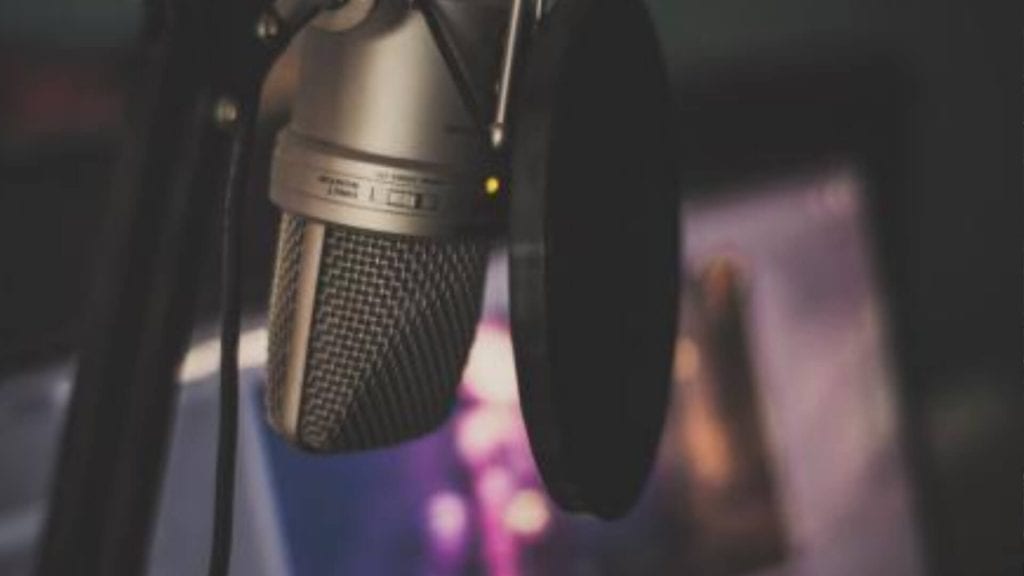It’s never been easier to make a podcast. WIth the right equipment and a plan, you could have your first episode recorded within the week. Due to the ease of access though, you can’t toss a rock without hitting someone who has their own podcast. With this post, we’ll explore how to start a podcast on YouTube and the extra steps you can take to help you stand out from the masses.
Steps to a Successful YouTube Podcast
1. Pick a Podcast Niche
What do you want to say with your Podcast? What’s going to make it stand out to someone browsing Podcasts? Want to recap every episode of The Office? That’s fine, but realize you’re looking at some stiff competition (including a Podcast starring cast members of the show). You need to find your niche, and if it’s a popular niche, you need to find your twist on it.
Want to talk about RTS games? Rope in your buddy who is making a game and record you pick their brain.
Want to talk about history? Explore an interesting story from your hometown.
Want to talk about a TV show? Find one that may not have the coverage of something like The Office or Community.
Finding your niche is a mix of discovering something you enjoy talking about and finding what others are interested in listening to.
2. Create Graphics
For branding your Podcast, you’re going to need a logo. Are you handy with Photoshop or Gimp? If so, great! Set your image canvas size to 1920×1080 and start creating. Not so creative? Commission a graphic from a local artist or look for someone on Fiverr to create your logo.
You’ll use this logo for social media accounts, landing pages, and your YouTube videos (if you don’t plan on recording video).
3. Set Up Equipment
Here’s a shortlist of equipment you’ll need to get started.
- External Microphone
- Webcam (if recording video)
- Discord (for recording with friends)
- Audio Software (Options below)
- Audacity*
- OBS
- Streamlabs
- Timer (Keep things on track)
- Notes about your topic
*If recording from Audacity, everyone will need to record their own audio
4. Record Your Podcast
Your script and notes are ready and you’ve corralled your co-hosts into a discord channel. You’re just about ready to hit record.
All directions below are for Streamlabs.
Audio Only
-
Step 1
Open Streamlabs and select a scene with a logo/graphic that fills the window.
-
Step 2
Check audio levels through settings.
-
Step 3
Hit record.
Audio and Video
-
Step 1
Open Streamlabs. Add video capture windows for each co-host.
-
Step 2
Confirm all co-hosts have video turned on in Discord (Streamlabs will pull video source from Discord call).
-
Step 3
Do a clap check to confirm all video/audio lines up (IE everyone clap at 1:25:05 and 1:25:10).
-
Step 4
Hit record.
Read my guide on how to record in Streamlabs for illustrated steps that will help you set everything up correctly.
5. Convert the Audio to a Video Format
Oh no! You forgot to set-up your graphic and now your audio just plays with a black screen. Do not fret. You can still convert this black screen and use your graphic.
-
Step 1
Open recording in video editing software.
-
Step 2
Rip audio from black screen video and save it as a separate file.
-
Step 3
Open a project in your video editing software.
-
Step 4
Place the new audio file in the project.
-
Step 5
Take graphic and add it to project (Stretch graphic out to match the length of audio).
-
Step 6
Save project and export as mp4 video.
6. Upload the Podcast to YouTube
Upload your new Podcast video onto YouTube, just like any other video. Remember to use your graphic/logo as the thumbnail for the video. In the title be sure to have the title for your show, the title for the episode, and the number of the episode. In the description, briefly write what is covered in the episode. For tags, look at what people involved in the topic are searching for. Create your tags based on these searches.
7. Promote the Podcast
When it comes to your niche, you need to find your audience. Where are the fans within this niche? Twitter? A subreddit? A random Discord server? They’re out there, you just need to find them.
On social media, be sure to update your followers anytime a new episode goes up. Before posting on a subreddit or a Discord channel, be sure to check the rules about self-promotion. Remember to shamelessly plug your new episode during your live streams as well.
Aside from YouTube, there are other great platforms to post your Podcasts to, but there may be some additional requirements you’ll need to meet, prior to being able to upload your episodes (IE RSS Feeds):
- iTunes (Widely used)
- Podbean (Easy hosting)
- Transistor (Great analytic data)
Conclusion
Don’t be afraid to listen to your work. The sound of your own voice can be like nails on a chalkboard, but listening will give you the opportunity to learn from past episodes and better prepare you for future episodes. As you go through the process you’ll learn what works and what doesn’t work. Anyone can create a Podcast. It’s the hosts that put in the work and keep growing that create the good Podcasts.

Nick
Nick is a comedy writer from Chicago who got his start at The Second City Theatre. Trading stage time for screen time, he currently streams from his laptop at NickFatNite on Twitch and won’t shut up about it.

